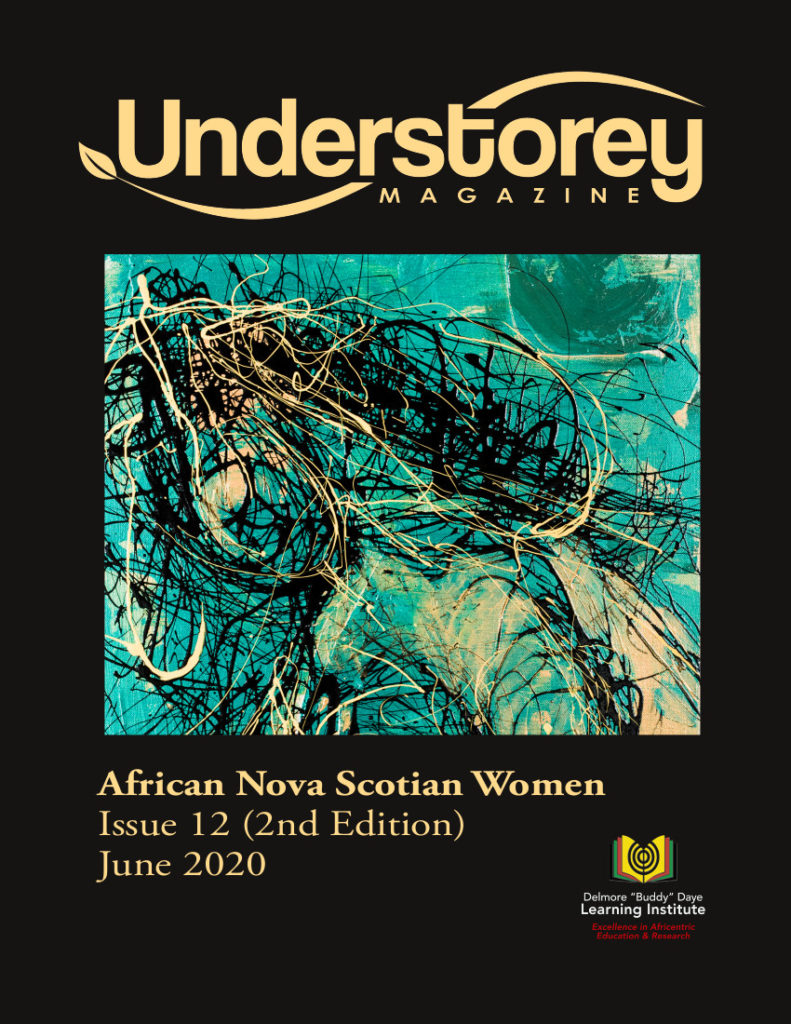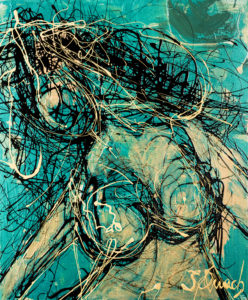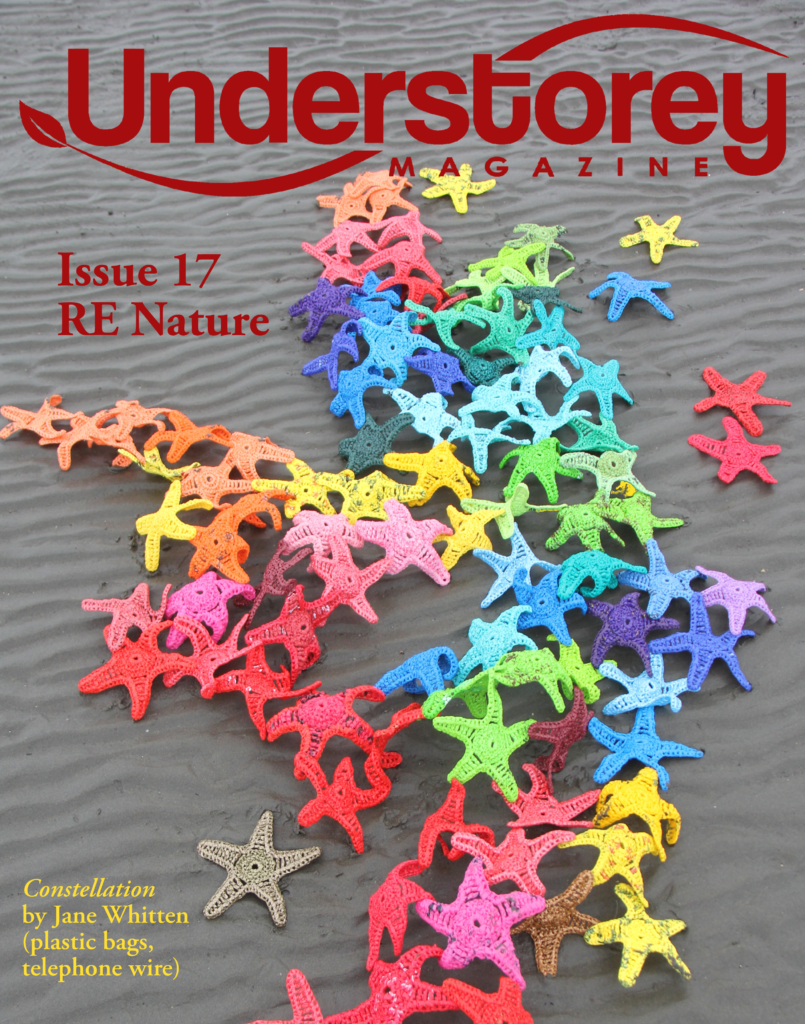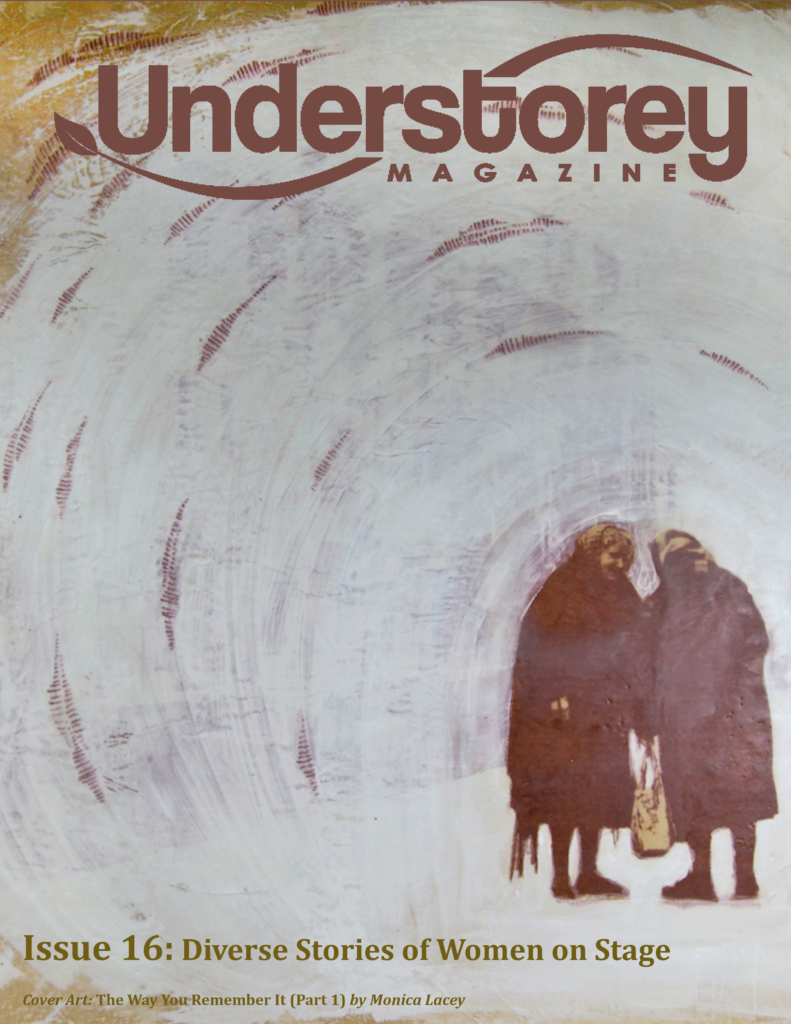On May 25, 2020, in Minneapolis, USA, George Floyd was videoed being brutality asphyxiated by a police officer kneeling on his neck for nearly nine minutes while no one stopped the horror. Two days later in Toronto, Ontario, Regis Korchinski-Paquet was killed falling from a balcony; she had been with police in her apartment after her mother called 911 out of concern for her daughter’s health. These are only two of far too many incidences of anti-Black racism that have led many of us to feel overwhelmed with disgust, frustration, despair, trauma, pain, fear, and anger.
Persistent state violence against Black people and systemic anti-Black racism in our workplaces, communities, and institutions here in Canada and around the world underscore the urgent need for change. It also highlights the need for an amplification of Black voices, perspectives, and stories.
In the time of a global pandemic and the resurgence of the Black Lives Matter movement, people of all backgrounds are seeking and listening more carefully for Black counter-stories. We are craving the rhythm of poetry, looking for the respite that visual art can offer, and yearning for the familiar sounds of African Nova Scotian voices of every timbre to help us feel we are not alone. In these pages, you will find breathing spaces and resonance. You will be reminded that we are “bound together with threads of compassion” (Wanda Robson), that we can critically hope to “build more capacity to find the courage to give back, despite the adversities we face” (Wanda Thomas Bernard), and that we do indeed “belong to a crowd that would not negate your very existence” (Késa Munroe Anderson).
As a board member of the Delmore “Buddy” Daye Learning Institute (DBDLI) and Chair of the Alexa McDonough Institute for Women, Gender and Social Justice, which partners with Understorey Magazine, I thank the talented women featured in this edition. The contributors—young and old, aspiring and seasoned—express their stories through art, poetry, and essays, covering such topics as critical hope, healing, home, racism, exclusion, body-image, family, loss, and beauty.
I also want to express my appreciation for all those who enabled the contributors to share their creativity in a beautiful and accessible way. Thanks to Katherine Barrett, Editor-in-Chief of Understorey Magazine, for her unwavering commitment to providing a platform for women and girls to express their stories and for her foresight for this special edition. Thank you Lindsay Ruck for guest-editing this outstanding edition. The DBDLI, which is committed to advancing Africentric education, is proud to have collaborated with Understorey Magazine and fund the print edition and the re-issuing of this edition at this critical time.
Remember: “Your truth is powerful” (Guyleigh Johnson).
Please enjoy and share this brilliant “African Nova Scotian Women” publication.





